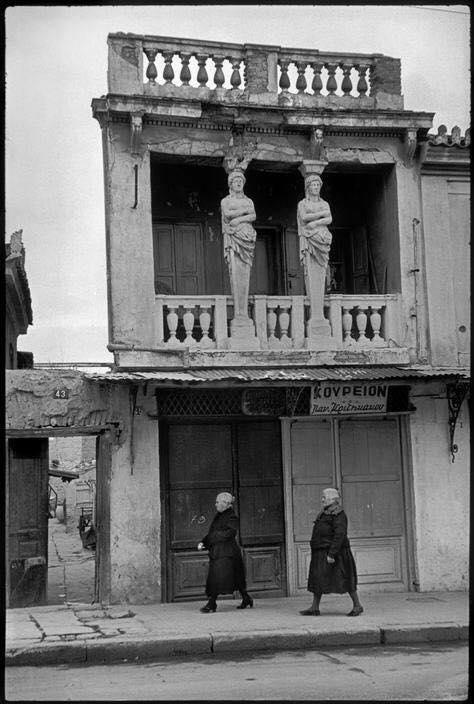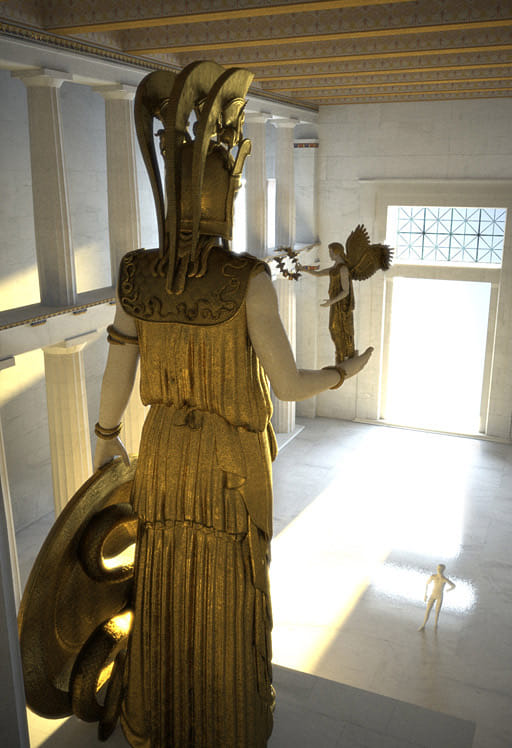A captivating Roman fresco, dated between 50-79 AD and preserved under the ashes of Pompeii, offers a glimpse into the private lives of its inhabitants before the catastrophic eruption of Mount Vesuvius. Currently housed within the hallowed halls of the British Museum, this fresco breathes life into a scene of tender education and musical legacy.
The fresco portrays a woman seated intimately beside a man, who is believed to be her beloved. The man appears to be guiding her hands over the strings of a kithara, an ancient form of the lyre and a revered musical instrument in classical antiquity. This scene, frozen in time, exudes a sense of shared knowledge and closeness that transcends the mere act of teaching.

The artwork embodies the cultural significance of music in ancient Roman society, where it was esteemed not only for entertainment but also for its moral and educational value. The kithara was often associated with the gods, particularly Apollo, and was used in various aspects of social and religious life. The presence of this instrument in the fresco indicates the elevated status of the subjects, likely individuals of considerable wealth and education.
The intimacy of the fresco is further accentuated by the relaxed posture of the figures and the gentle overlap of their forms. The positioning of their bodies, engaged in the act of creating music together, suggests a scene of harmony and affection, a private moment where love and artistry intertwine.
Moreover, the fresco serves as a window into the role of women in Pompeian society, highlighting their participation in the arts and their education. It is an important counter-narrative to the often male-dominated accounts of history, providing evidence of women's active engagement in cultural and intellectual pursuits.
The discovery of this fresco amidst the ruins of Pompeii not only enriched our understanding of Roman art but also added depth to the story of this ill-fated city. It is artworks like this that humanize the past, providing a poignant connection to the individuals who once lived, loved, and learned within the ancient walls.
Today, as visitors to the British Museum encounter the fresco, they are not merely observing a piece of art; they are listening to a melody from the past, a song of ancient love and learning that continues to echo through the ages.










